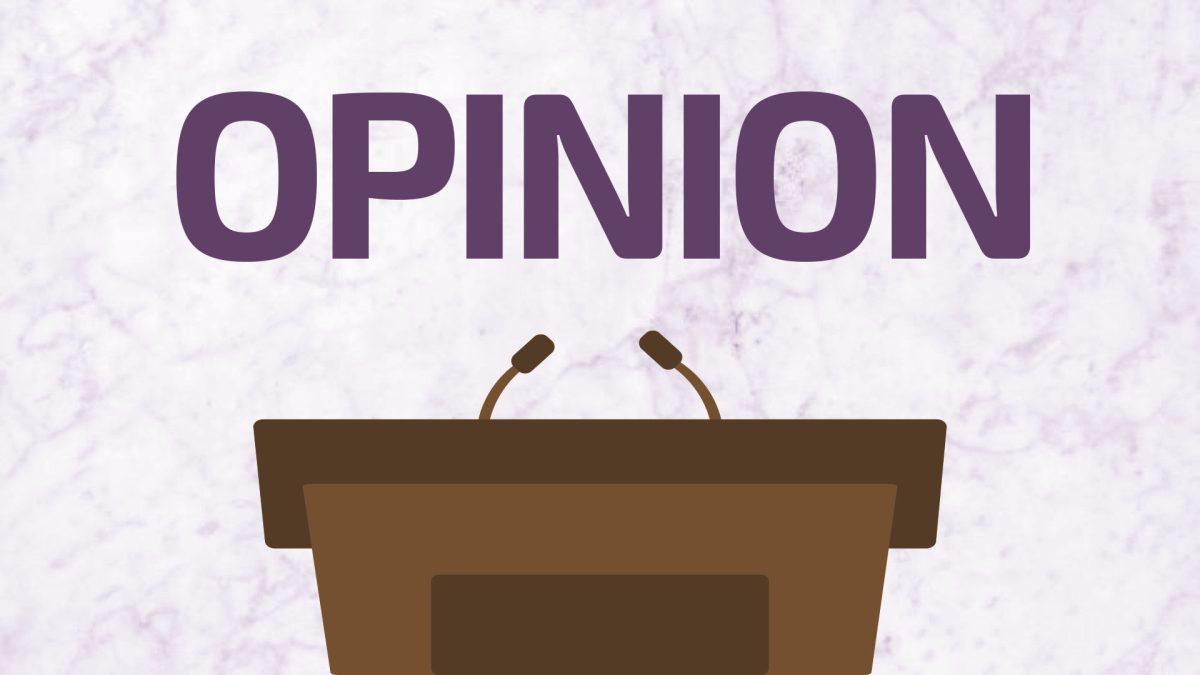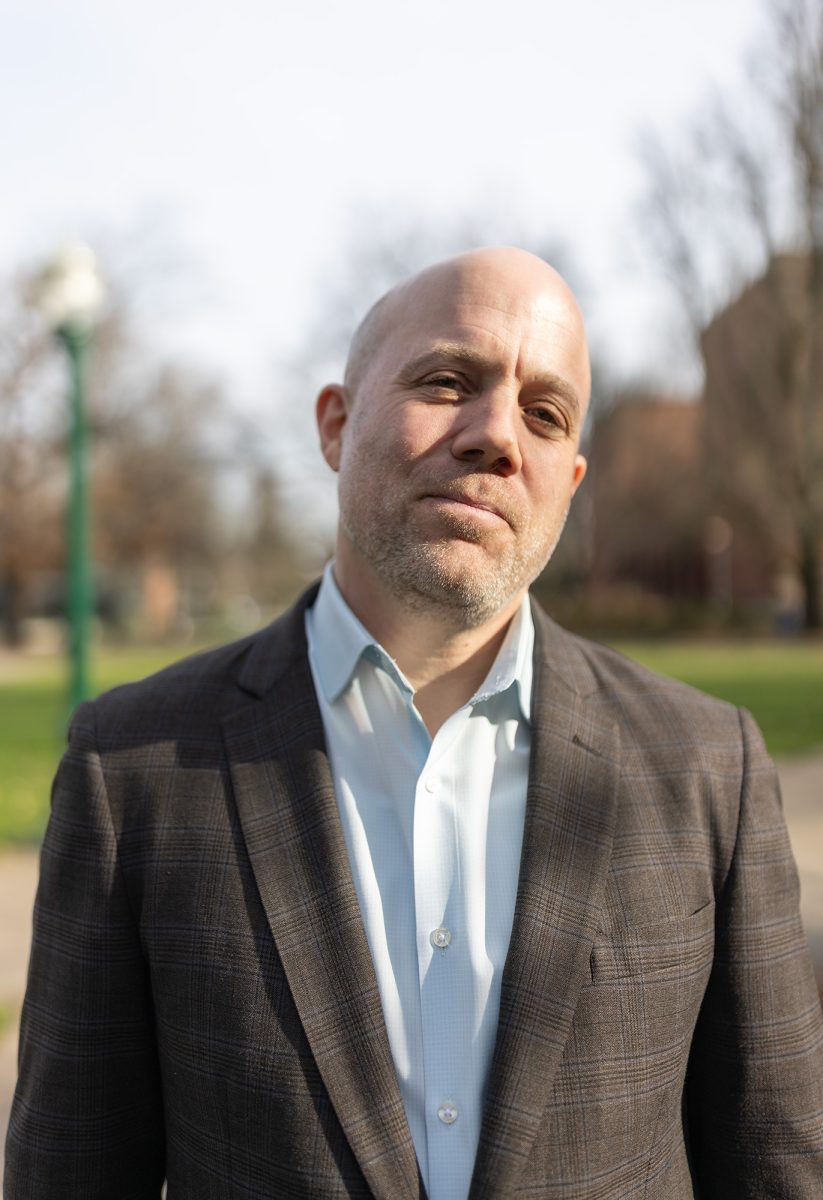Opinion: Summer break leaves many students needing aid to avoid any learning loss. However, some students find themselves with fewer resources than others, posing the future question: How can we remedy this educational inequality?
———-
My elementary school summer math booklets ignited a fire in me that was hotter than any heat wave I’ve experienced. I do not have an aptitude for math. I detested the algorithmic waves that I seemed to repeatedly drown in during summer vacations. Despite my stubborn repugnance towards the subject, each year, I was gifted with the resources to prevent summer learning loss.
Summer learning loss, also referred to as summer slide, explains the decline of students’ academic skills for the duration of their summer months away from school. Without year-round schooling, the three-month hiatus from academic settings sets students back in their learning levels. Some students see larger setbacks than others, and it is a disparity caused by a gap in resources.
The “faucet theory” explains the disproportionate rates of learning loss between underprivileged and privileged students. Throughout the school year, the faucet of education is turned on for all students. Those attending school have equal access to the information their teachers provide them with. During the summer, however, educational resources for privileged students are highly abundant while the flow of the same materials for the underprivileged students tapers out.
Students that come from higher-income families have access to financial and human capital resources which help facilitate a continuation of their education. Those without these resources fall behind. For instance, there is an increasing gap in test scores between advantaged and disadvantaged students during the summer.
As a kid, I was not appreciative of the math booklets I received. It seemed like an extra task to complete that got in the way of the relaxing summer I craved. However, I had access to resources that kept me caught up. Despite their mind-numbing nature, those 50 pages of math were a privilege to me; I never had to worry about staying caught up through other methods.
Summer school is one option for students that need additional aid. While it provides the opportunity to decrease social promotion, which is sending students to the next grade before they are appropriately prepared, it is surrounded by student stigmatization.
In a New York Times article that takes global quotes from teenage students about summer school, one section outlines the student opinion that summer school feels like a punishment. Instead of the highly advertised three-month break from academics, students are given a two-month schooling period in replacement of a vacation.
It feels more like a restriction of freedom as opposed to an option for advancement. Some students from the same New York Times article reported a feeling of embarrassment for attending. But are there other options to help close the gap between socioeconomic standing in relation to compensative learning over the summer?
Given the current uneven distribution of resources among community members, it is difficult to think of a solution outside of summer school that provides equal opportunities. For those whom it is applicable for, creating a school like environment for students that provides them the space to continue their education over the summer poses the best option.
Another option, however, is integrating more accessible year-round schools. There are many benefits to these types of programs, and while they may come with their own set of difficulties — such as changing family schedules — they ensure that the learning loss students may experience is not due to their socioeconomic standing.
Finding ways to equalize education is an ongoing issue. The most successful way we can maintain equal opportunity educational settings is through understanding the experiences of others. Public education holds a great weight of importance for every individual in our society; presenting all students with equal opportunities for learning is the most important value to nurture for a promising future of education.














